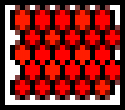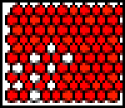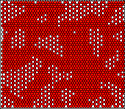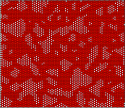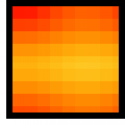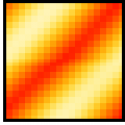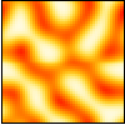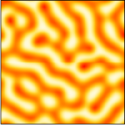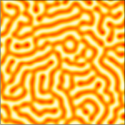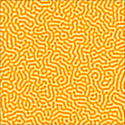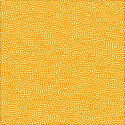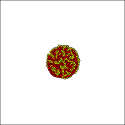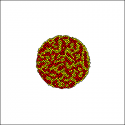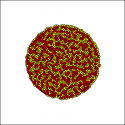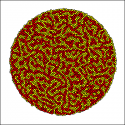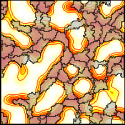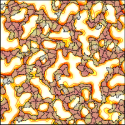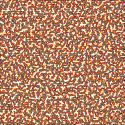Table of Contents
Performance and scalability
The performance and scalability of simulations in Morpheus heavily depend on the type of (multi-scale) model that is being simulated. It is therefore difficult to make general statements on the computational efficiency. However, we can test the performance on a set of “benchmark” models that form the modules from which more complex model can be constructed.
We have tested the performance of ODE lattices, reaction-diffusion (PDE) models, cellular Potts models (CPM) and a multiscale model (CPM+PDE), using the available Example models. The results show the execution time and memory consumption for these models as well as their scalability in terms of problem size and scalability in terms of efficiency of multi-threading.
Performance measurements
To quantify performance, we measured the following aspects for each simulation:
- Execution time in terms of the wall time, using the C+ + function
gettimeofday()available in<sys/time.h>. The execution time does not include the time needed for initialization, analysis and visualization. - Memory usage in terms of the physical memory (RAM) used by the simulation, using the resident set size (RSS) from the
/proc/self/statpseudo-file.
Scalability with problem size
We investigated the scalability with respect to problem size to see how performance in terms of the execution time and memory usage (RAM) scales with increasing population size or lattice size.
We calculate and plotted both the execution time and memory usage in:
- Absolute terms: time in seconds (sec) and memory in megabytes (MB).
- Relative terms: time / memory per cell/lattice site in millisecond (msec) / kilobyte (kB).
Performance in absolute sense provides a sense of the problems sizes that are practically manageable within certain time and memory constraints.
Performance in relative sense shows the scalability of the simulation for problem sizes. Ideally, the performance per cell or lattice site stays constant or decreases with increasing problem sizes.
Scalability of parallel processing
We have also measured the scalability with respect to the number of openMP threads to see how the performance scale with the number of concurrent threads.
We measured the execution time for each of the simulation run on in 1, 2, 4, 6 threads. Comparison of these execution times shows the speed-ups that can be achieved by adding concurrent threads.
Methods
Benchmark models
The models used in performance tests are available as Example models:
- ODE lattices: Lateral Signaling
- Reaction-diffusion (PDE): Activator-Inhibitor (2D)
- Cellular Potts models (CPM): Cell Sorting (2D)
- Multi-scale (CPM+PDE): Vascular Patterning
The models are run without analysis and visualization tools and execution time is measured from StartTime to StopTime. The time for initialization is excluded since this vanishes for large jobs.
Hardware
Results
Benchmark tests
Performance statistics
| Problem size (absolute) | Problem size (relative) | Multi-threading | ||
|---|---|---|---|---|
| Description | Total execution time (red) and memory usage (blue) of simulation, excl. initialization and visualization | Execution time (red) and memory usage (blue), relative to number of cells and/or lattice sites | Execution time and speed-up as a function of number of openMP threads | |
ODE  | 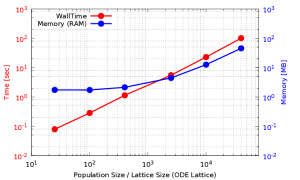 1) 1) | 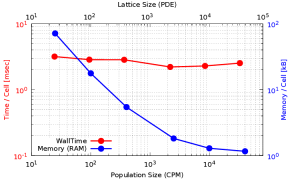 2) 2) | 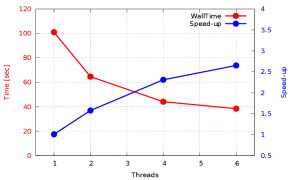 3) 3) |
|
PDE 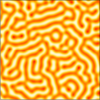 | 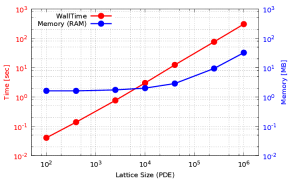 4) 4) | 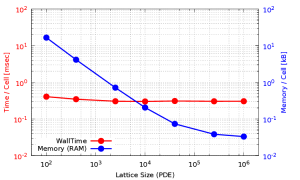 5) 5) | 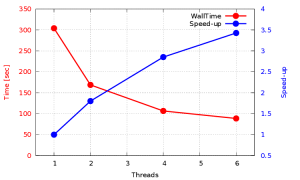 6) 6) |
|
CPM  | 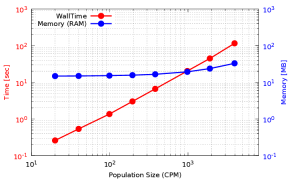 7) 7) | 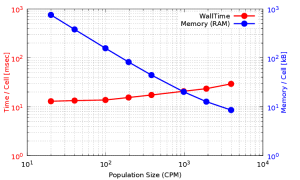 8) 8) | 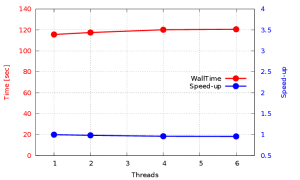 9) 9) |
|
CPM + PDE 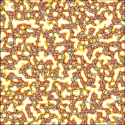 | 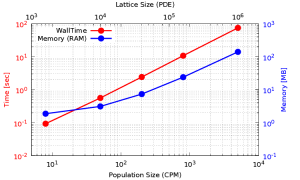 | 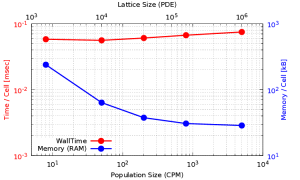 | 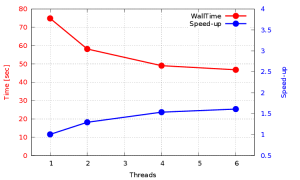 |
NeighborReporters for each cell.Diffusion is only done for large 3D lattices.CPM cells. Small memory footprint, despite edgelist tracking.CPM cell is almost constant, although performance decreases for larger systems. Decrease of memory usage per cell is here mostly due to use of large lattice in all cases.CPM simulations. Therefore, multithreading does not results in speed-up. Instead, the multithreading overhead even slightly decreases performance.
